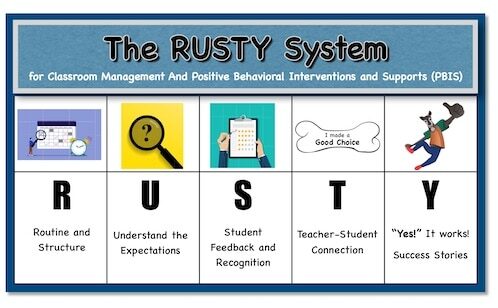Sharing stories in the classroom is a dynamic and purposeful practice that transcends the traditional teacher-student dynamic. The benefits extend beyond engagement, influencing empathy, relatability, and the overall learning environment. As teachers share their stories thoughtfully and authentically, they contribute to a classroom culture where education becomes a shared narrative, fostering connection, understanding, and a genuine love for learning.
What are the Benefits?
**1. Building Relatability:
Benefits: Sharing stories enhances teacher-student relatability.
Why it matters: Students connect better with lessons when they see the human side of their teacher, making the subject matter more accessible and relatable.
**2. Cultivating Empathy:
Benefits: Personal narratives promote empathy and understanding.
Why it matters: Through shared experiences, students gain a deeper appreciation for diverse perspectives, fostering a more inclusive and empathetic classroom culture.
**3. Inspiring Engagement:
Benefits: Compelling stories captivate attention and inspire engagement.
Why it matters: Students are more likely to be invested in their learning when lessons are infused with real-world experiences, making the content more compelling and memorable.
**4. Creating a Positive Learning Environment:
Benefits: Sharing stories contributes to a positive and supportive learning environment.
Why it matters: An open exchange of personal narratives helps break down barriers, creating an atmosphere where students feel comfortable sharing their thoughts and experiences.
A Real-life Situation: What Does it Look Like?
Imagine Mr. Thompson, a high school history teacher, who shares a personal story during a lesson about the impact of historical events. He recounts his family’s experiences during a significant historical event, detailing how it shaped their lives. This personal connection prompts students to view the historical event through a new lens, sparking discussions on the broader impact beyond textbooks.
One student, Sarah, finds the personal narrative particularly resonant as it mirrors her own family’s experiences. This connection inspires Sarah to engage more deeply with the subject, researching further and sharing her insights during class discussions. The classroom transforms into a space where personal stories become catalysts for understanding, connection, and meaningful dialogue.



